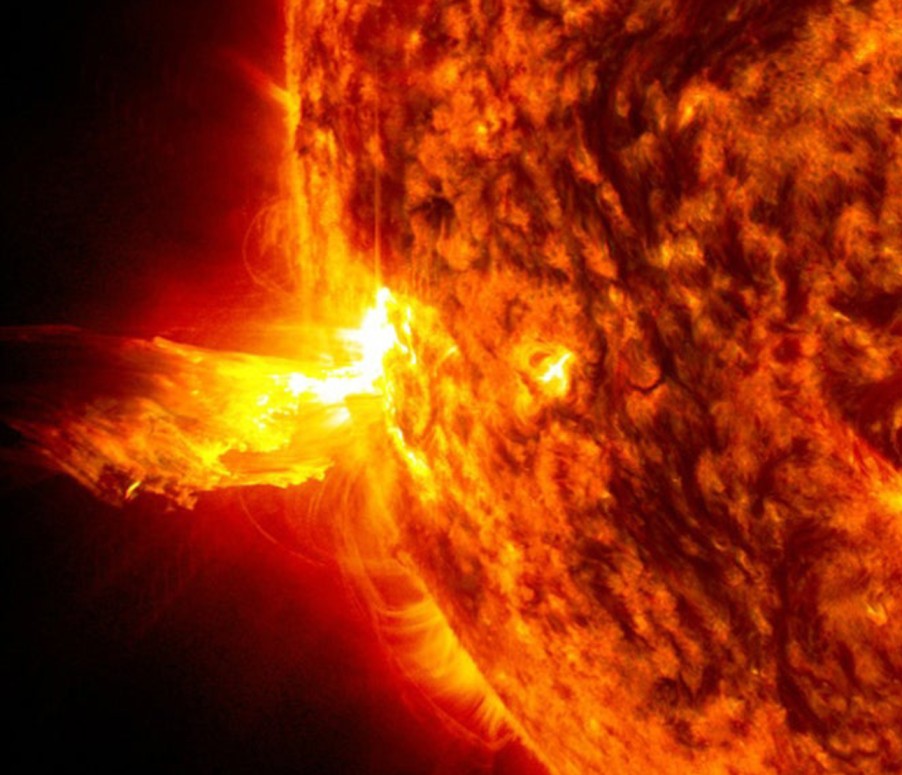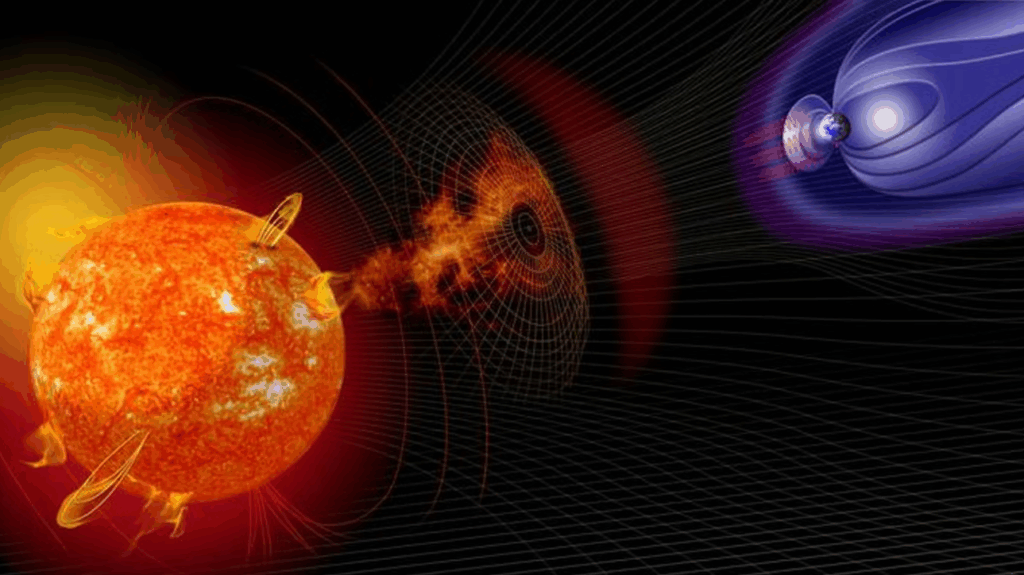
A solar flare captured by Nasa's Solar Dynamics Observatory (Nasa/SDO)
The Sun is entering a highly active phase. NASA and other experts have warned of intense solar flares. These solar storms may cause temporary blackouts, interfere with communication systems, and create dazzling auroras.
Earth-Facing Sunspot Signals High Solar Activity
A volatile region on the Sun is rotating to face Earth. It’s one of the most active sunspot areas seen in 2025. This has raised concerns among astronomers and space agencies. Solar flares from this area are expected to affect Earth’s space environment in the coming days.
NASA’s Solar Dynamics Observatory captured a major solar event recently. It recorded the most powerful solar flare of the year—a massive X2.7-class eruption.

X-Class Flare Sparks Communication Disruptions
The X2.7 flare is among the strongest types of solar flares. It temporarily disrupted high-frequency radio signals across parts of the Middle East. According to NOAA, these blackouts lasted for nearly 10 minutes.
Such flares can also impact GPS systems, aviation routes, and even power grids on Earth. More disturbances could follow if the Sun continues this level of activity.
Solar Storms Threaten Power Grids and Satellites
NASA has issued a caution. The continued eruptions from this sunspot could damage satellites, affect power supplies, and disrupt navigation systems. Astronauts and spacecraft could also be at risk from high-energy particles.
These warnings come as the Sun hits its solar maximum—the peak of its 11-year cycle. During this time, magnetic activity surges, making solar storms more frequent and intense.
Northern Lights to Become More Frequent
The upside? We may get to witness spectacular auroras. These stunning lights occur when coronal mass ejections (CMEs)—bursts of solar particles—enter Earth’s magnetic field. When this happens, the charged particles interact with our atmosphere and produce colorful displays in the night sky.
If the solar activity continues, people in higher latitudes may enjoy supercharged Northern or Southern Lights.
Multiple Sunspot Regions Raise Concerns
The UK’s Met Office has identified five active sunspot regions currently facing Earth. A new, unusually strong magnetic region is now visible over the Sun’s southeastern edge. This could contribute to further eruptions in the near future.
One particular region, called AR4087, has drawn special attention. Experts believe it could lead to intense solar activity and auroras. Space photographer Vincent Ledvina remarked on social media, “This is getting intense, especially as this active region turns closer into view.”
Stay Alert for More Solar Flares
With the Sun’s activity rising, scientists are closely monitoring for more solar flares. Both NASA and NOAA will continue to issue updates as the situation evolves.
The next few weeks could bring more solar storms. While they pose risks to communication systems and power grids, they also bring rare opportunities to see nature’s light show in the skies.















